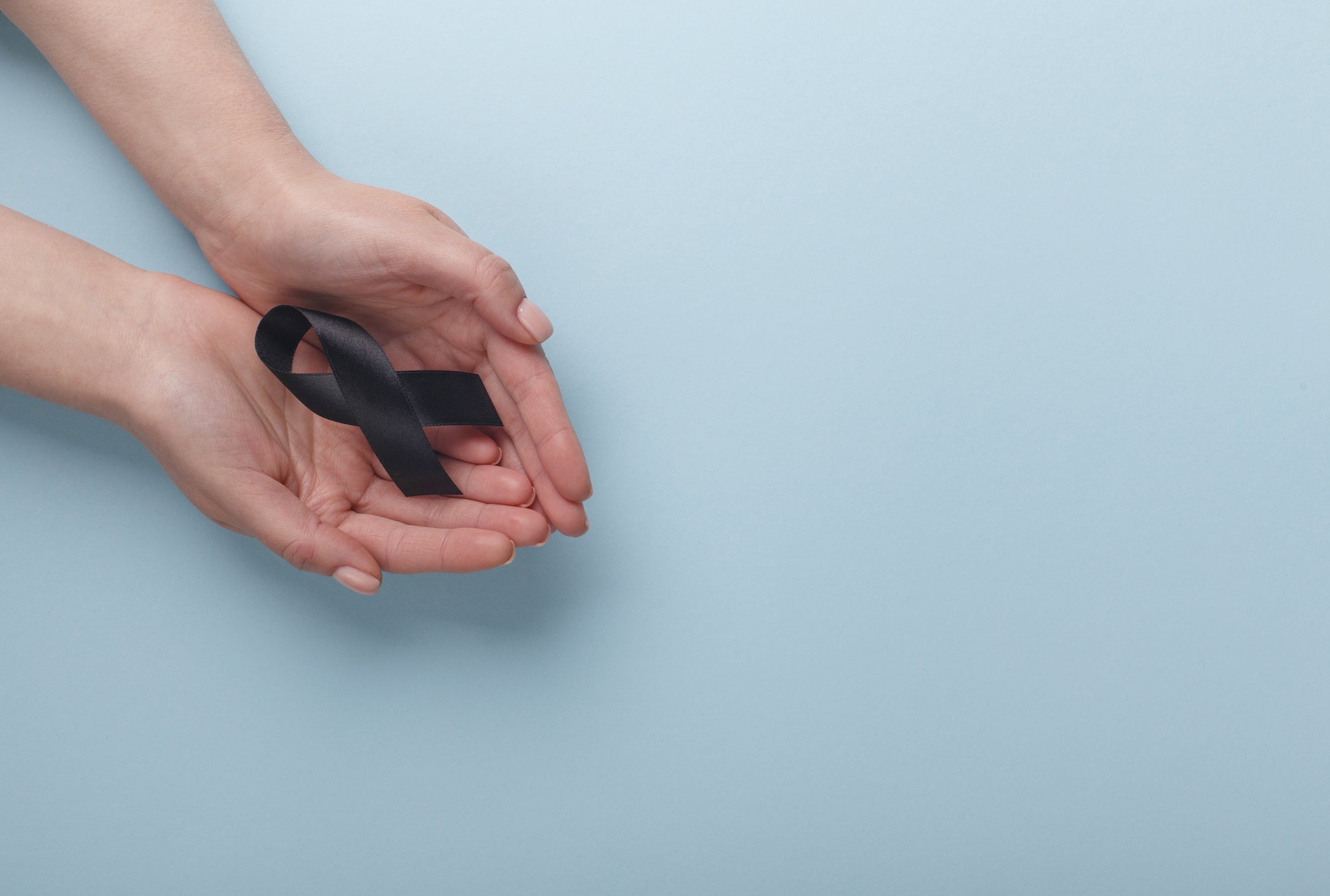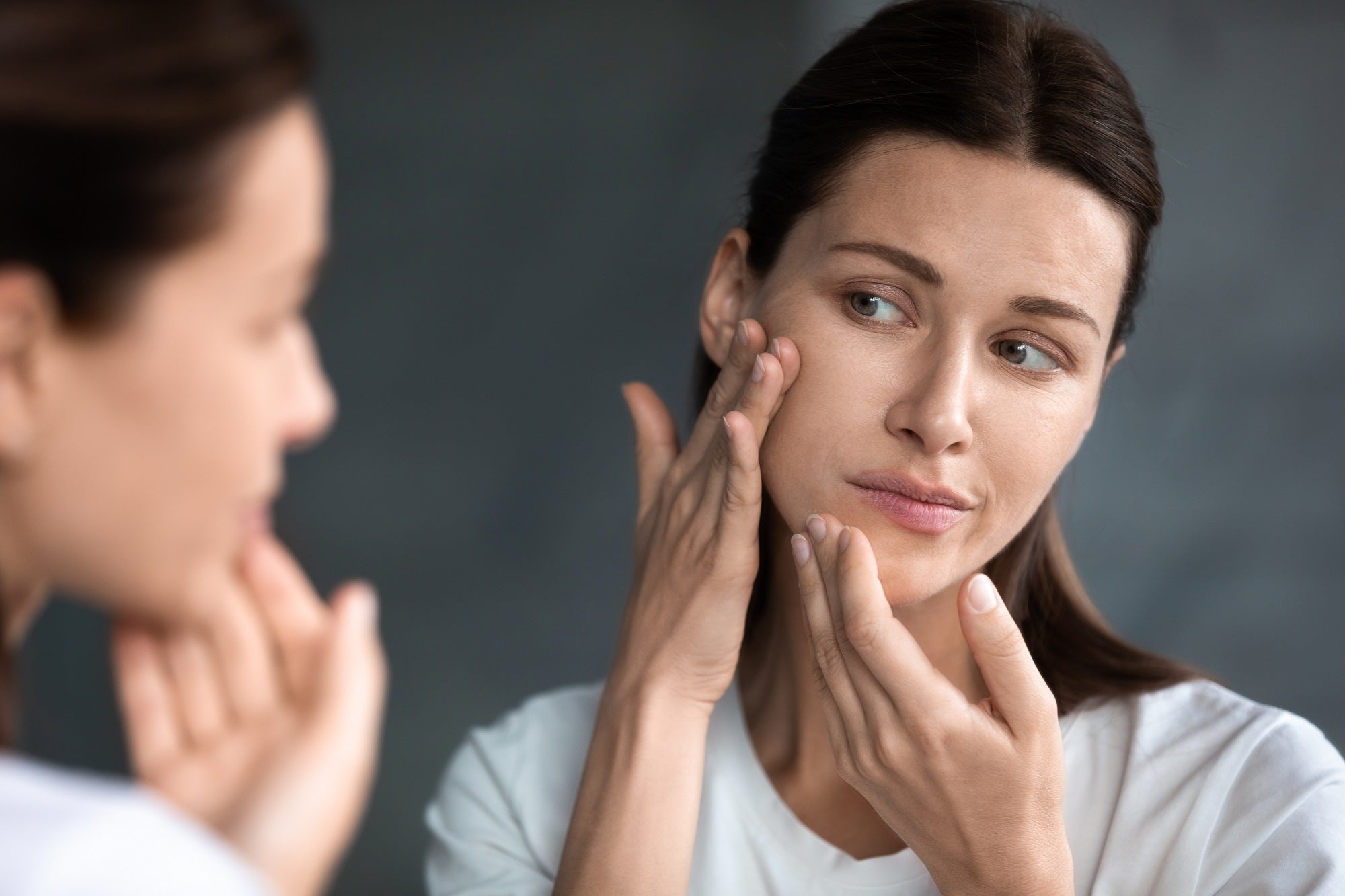
Skin Cancer Awareness: Know the Signs
1 in 5 Americans develop skin cancer by the time they are 70 years old. This is a concerning statistic, but The Skin Cancer Foundation gives us some hope. According to the statistics, with early detection the 5 year survival rate of those with Melanoma is 99 percent.
The month of May is skin cancer awareness month and a great time to get yourself educated on the signs of skin cancer and what you can do to prevent it.
Fortunately, many skin cancers develop where we can see them, which increases your chances of catching it early. Regularly examine your skin and if you find anything suspicious discuss it with an expert whether it be your primary care physician, a dermatologist, or another medical professional.
**This information is for awareness only and does not replace professional medical advice.
Risk Factors
It's no secret that solar UV damage from the sun is the big culprit causing skin cancer but UV radiation from tanning beds will also put you at risk. In fact, more than 419,000 cases of skin cancer in the U.S. each year are linked to indoor tanning.
Although anyone can get skin cancer, there are certain characteristics that will put you at greater risk. The CDC lists the following:
- A lighter natural skin color.
- Skin that burns, freckles, reddens easily, or becomes painful in the sun.
- Blue or green eyes.
- Blond or red hair.
- Certain types and a large number of moles.
- A family history of skin cancer.
- A personal history of skin cancer.
- Older age.
Making sun protection part of your daily routine will help avoid sunburn, lower your skin cancer risk, and help prevent premature aging.
Remember to also wear a broad spectrum sunscreen daily on other places that are exposed to sunlight such as your chest, hands, arms and legs.
Unusual Skin Growth or Sore
If you have an unusual skin growth that doesn't go away, this may indicate non-melanoma skin cancer. It may appear as a rash at first, and as it grows, it may ooze or bleed easily. The size and shape may change as it goes deeper into the skin.
Rough Firm Lumps
Squamous cell carcinomas may develop as a lump on the skin that is typically rough on the surface. It will continue to develop slowly, possibly into lesion-like patches.
Red or Flesh-Colored Moles
Merkel cell carcinomas may appear as red or flesh-colored moles that are raised and grow quickly. These small tumors usually appear on sun-exposed areas of the skin, such as the face, neck or scalp.

To look for common signs of the deadliest form of cancer, melanoma, use the "ABCDE rule".
Asymmetry
Most melanomas are asymmetrical, meaning if you draw a line through the middle the two halves don't match.
Border
Pay attention to the edges of the growth. Melanoma borders tend to be uneven, irregular, blurred, or ragged, whereas common moles are smoother and more even.
Color
Moles made of multiple colors is a warning sign of melanoma.
The color may have different shades of brown, tan or black, sometimes with patches of pink, red, white, or blue.
Diameter
It is ideal to detect a melanoma when it is small, about 1/4 inches across. It can be a warning sign if it is larger than this. However, it's important to pay attention to any irregular lesions or moles regardless of the size. Some melanomas can be even smaller than this.
Evolving
If a mole is changing in size, shape, color or elevation it may be a warning sign of melanoma. Also pay attention to any symptoms it may have such as bleeding, itching, or crusting.
Look Out for An 'Ugly Duckling'
While most normal moles on your body look like one another, an 'Ugly Duckling' mole will stand out in comparison. Make sure to get anything checked that is a different size, color, or shape than surrounding moles. Moles that are isolated are also considered ugly ducklings.

Where to Look for Signs
Although many skin cancers develop in areas most exposed to the sun, they can show up in areas usually hidden from UV rays.
The Cancer Center explains, "In addition to examining the legs, trunk, arms, face and neck, it is important to look for signs of skin cancer in the areas between the toes, underneath nails, palms of the hands and soles of the feet, genitals and even the eyes."
The takeaway: Regularly check yourself for skin irregularities and schedule routine skin examinations with your medical health professional. This is especially important if you see anything suspicious or you are susceptible to sun damage.
You can help us spread the word for skin cancer awareness by sharing this blog with your family and friends. Stay protected, stay safe!
Sources:



发表评论
此站点受 hCaptcha 保护,并且 hCaptcha 隐私政策和服务条款适用。